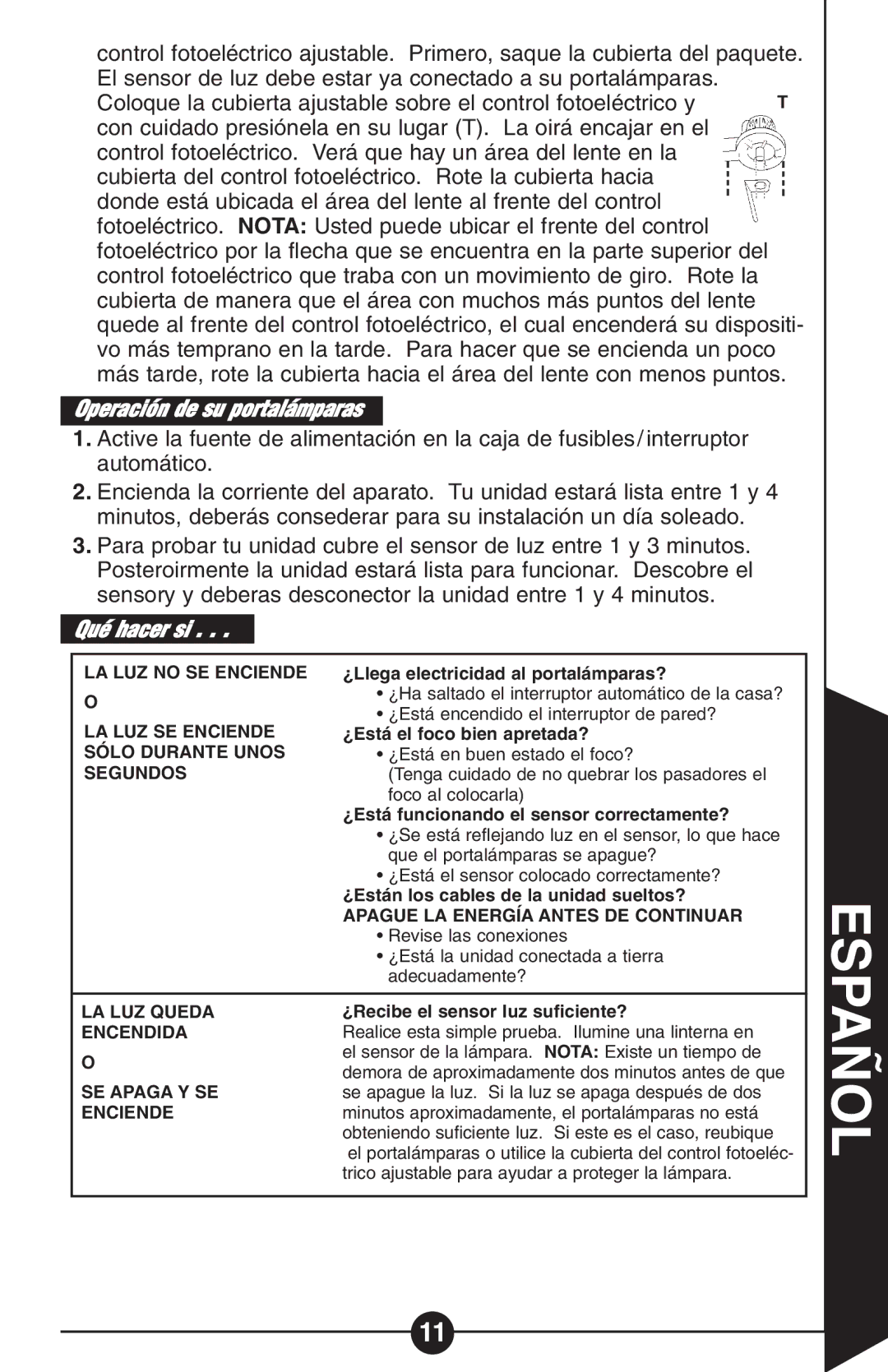GT Series specifications
Cooper Lighting, a leader in innovative lighting solutions, has made significant strides in the quest for energy efficiency and versatility with its GT Series. This line of fixtures has been designed to provide superior illumination while meeting the evolving needs of various commercial and industrial environments.The GT Series is characterized by its robust construction and sleek design, which allows it to fit seamlessly into a variety of settings, from warehouses to retail spaces. One of its main features is the integration of LED technology, which not only reduces energy consumption but also enhances lighting quality. LED fixtures tend to have a longer lifespan compared to traditional lighting solutions, which translates to lower maintenance costs and less frequent replacements.
One of the standout technologies employed in the GT Series is the use of advanced optics. The fixtures are designed with precision-engineered optics that maximize light distribution and minimize glare, ensuring that spaces are illuminated evenly and effectively. This feature is particularly beneficial in settings where visual clarity is paramount, such as manufacturing floors and assembly lines.
Another significant characteristic of the GT Series is its adaptability. The fixtures come equipped with a range of lumen output options and various distribution patterns, allowing users to customize their lighting based on specific application needs. This flexibility makes the GT Series a versatile choice for a multitude of lighting scenarios, ensuring optimal performance regardless of the environment.
Moreover, the GT Series includes smart technology capabilities, enabling connectivity and integration with building management systems. This feature allows for automated controls, such as dimming and scheduling, to further enhance energy savings and improve overall efficiency.
In addition to its performance-related features, the GT Series is designed with sustainability in mind. By utilizing recyclable materials and reducing energy consumption, these fixtures support green building initiatives and contribute to a reduced carbon footprint.
Overall, the Cooper Lighting GT Series represents a forward-thinking approach to commercial lighting. With its combination of advanced technologies, customizable options, and energy-efficient design, this product line not only meets the demands of contemporary lighting applications but also sets a new standard for quality and performance in the industry. Investing in the GT Series ensures that spaces are not only well-lit but also equipped to meet future challenges in an ever-evolving landscape.

